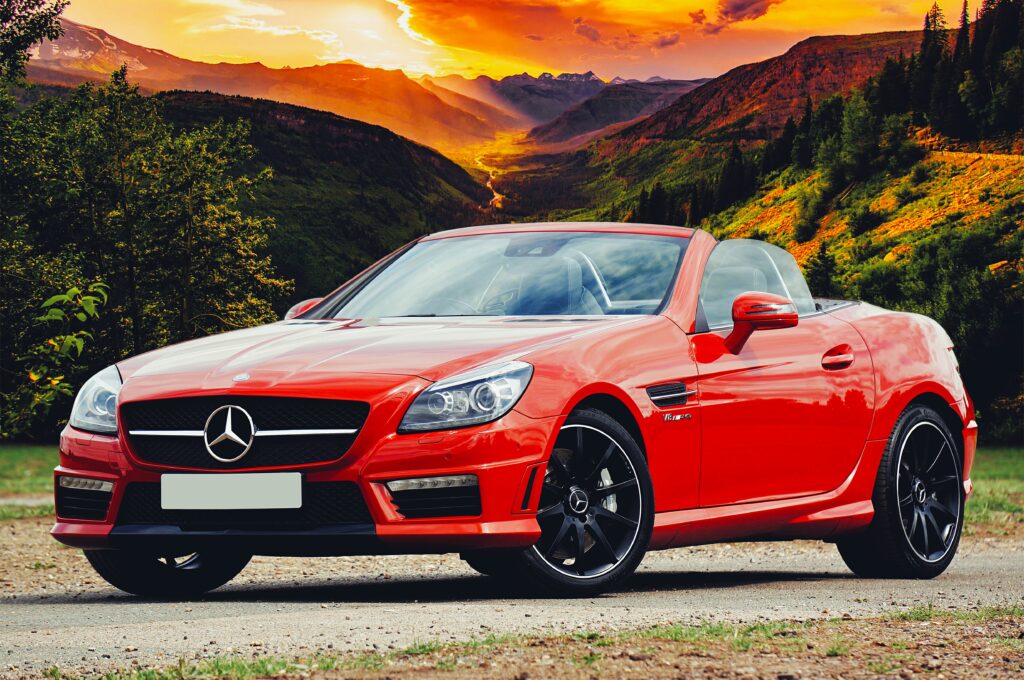Ceramic coatings are increasingly popular as an alternative to traditional wax and sealants. The advanced technology used in these coatings provides optimal durability, protection, and shine. As these coatings gain popularity, many car owners may wonder what makes ceramic coatings more durable and long-lasting. This article will dive into the science behind ceramic coatings, exploring this protective layer at the molecular level and examining its chemical and physical properties.
What Properties Should a Ceramic Coating Have?
When formulating ceramic coatings, scientists create a mixture with specific protective and aesthetic characteristics. In particular, these coatings should be durable, rigid, resistant to wear and tear, resistant to oxidation, impervious to UV rays, low porosity, and unaffected by chemical attacks, like bug splatter. With these properties in mind, researchers have found particular compounds that work together to create a material that shields vehicles from minor abrasions and chemical damage.
Understanding Ceramic Coatings at the Chemical Level
Ceramic coatings feature inorganic compounds with a strong bonding structure. These coatings typically combine various oxides, nitrides, carbides, or silicides exhibiting properties like high hardness or thermal stability. The key ingredient in most ceramic coatings is silicon dioxide (SiO2), also known as silica. This ingredient is known for its hardness. On the Mohs scale, it ranks at a 7, while diamond (the hardest substance known to man) ranks 10. This essential compound promotes strength and protective properties in the coating, making it resistant to minor scratches and swirl marks.
Recent research has introduced new nanoscale ceramic coatings which use silicon carbide, a diamond-like layer. These key ingredients increase the coating’s durability, thermal capabilities, and chemical properties. This reduces the vehicle’s susceptibility to damage from minor scratches and environmental elements.
The molecular structure of ceramic coatings is typically a crystalline lattice, with atoms arranged in regular patterns. The primary ingredient determines the specific arrangement of the particles within the pattern. The structure determines the coating’s hardness, thermal conductivity, and chemical stability. This structure adheres to clear coatings on plastic, making it perfect for vehicle exteriors.
Understanding the composition of ceramic coatings at a chemical level can help us better recognize the purpose and benefits of these coatings.
Physics of Ceramic Coatings
Ceramic coatings possess several physical properties contributing to their longevity, durability, and performance. These coatings are primarily known for their exceptional hardness, attributed to their molecular structure and the ingredients used to create them. This near-diamond hardness makes the coating resistant to minor scratches and swirl marks common in vehicles. It is important to note that these coatings do not provide the same physical protection as a paint protection film; instead, this coating is more geared toward chemical and environmental protection.
Ceramic coatings also possess a hydrophobic property, which causes liquids to bead up on the surface and roll away. This creates a “self-cleaning” process whereby rainwater and other liquids carry away dirt, dust, and other contaminants as they roll off the vehicle.
The Science Behind the Application Process
When a ceramic coating is applied to a vehicle, it creates a semi-permanent bond with the transparent layer on the paint job, enhancing the protective properties and shine of the car. The bond happens through curing, where heat or UV rays harden the vehicle’s coating.
The environmental conditions during the curing process play a crucial role in determining ceramic coatings’ hardness and chemical properties. Proper curing is essential for ensuring the liquid coating turns into a hardened shield with the right properties. Extreme temperatures, lack of time, and excessive humidity can lead to inadequate curing and potentially cause defects like porosity, cracking, and poor adhesion. These defects can take a serious toll on the durability and longevity of a ceramic coating.
Wraptitude Can Help!
Professionals in the ceramic coating industry, like Wraptitude, understand curing conditions and can ensure that the coating is applied correctly. If you want to improve the appearance and protection of your vehicle’s exterior, contact Wraptitude today to learn more about their ceramic coatings and paint protection film!

